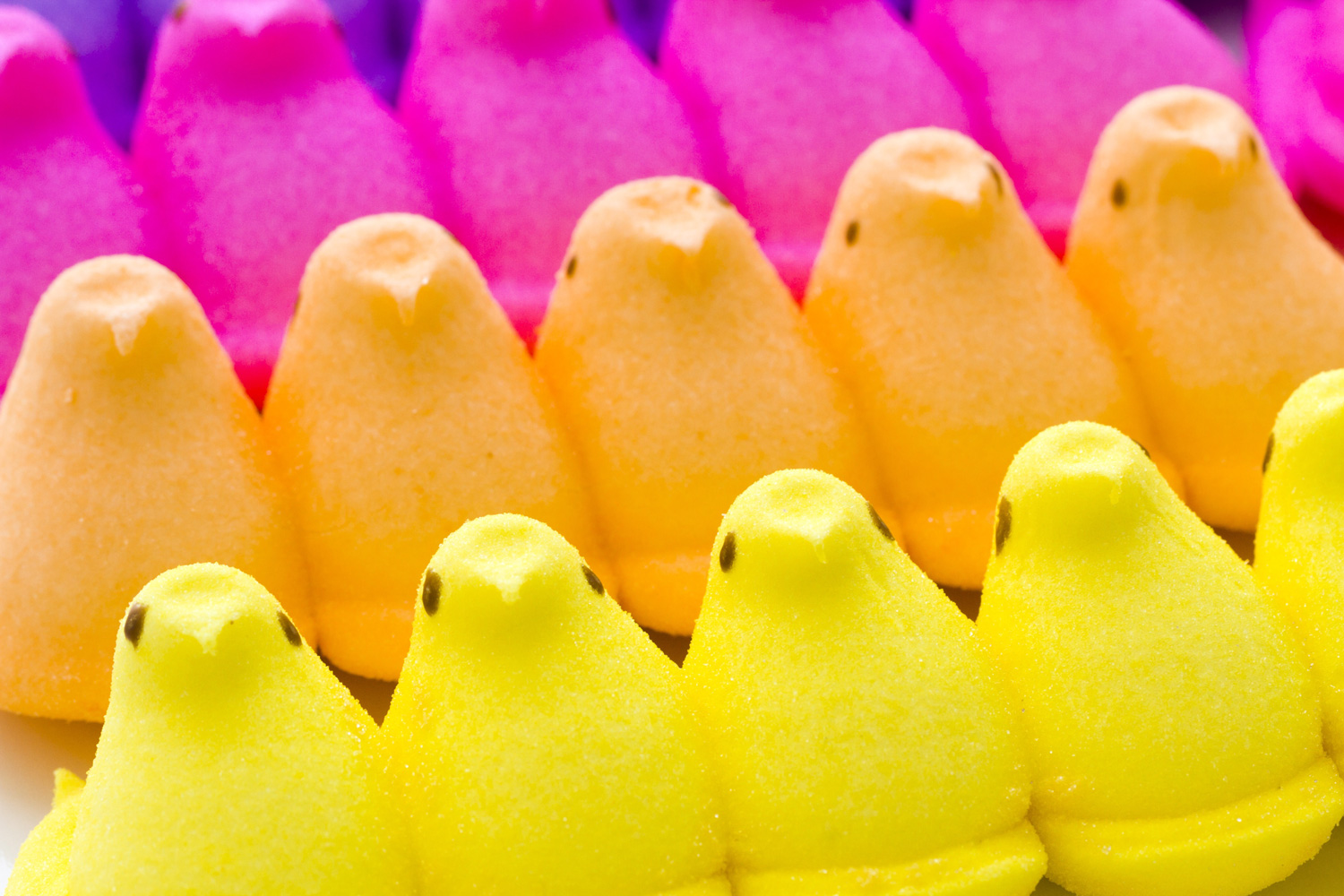
Easter is coming, and you know what that means — chocolate eggs, candy bunnies, and of course marshmallow Peeps. But a scientist from West Virginia University has his own plan for the sweet marshmallow treats this Easter season — he’s using Peeps for an experiment into the environmentally adaptive abilities of fungi.
Mycologist and Assistant Professor of Forest Pathology at West Virginia University Matthew Kasson wanted to see whether fungi can survive in extreme environments. He decided that the high levels of sugar and low levels of water in Peeps make them the ideal choice for the experiment. Fungi love sugar and corn syrup, but foods with a long shelf life, like Peeps, contain chemical preservatives such as potassium sorbate which inhibits the growth of microbes including fungi. So it is anyone’s guess how the fungi will fare.
https://twitter.com/kasson_wvu/status/1110265847019380743
To find out how the fungi do inside a sugary-sweet Peep, Kasson took a batch of bunny Peeps and made an incision in each one. He inserted samples of different fungi into all twelve Peeps, and then to test the effects of moisture he added a drop of sterile water to a random selection of the Peeps. Or, as Kasson put it, “I randomized a 500 micro-liter sterile water sub-treatment to the inoculation site for half of the study subjects.”
Now he will wait for two weeks before dissecting the Peeps and analyzing which of the fungal treatments have taken root in the challenging environment. The results should be ready just in time for Easter.
Kasson cheerfully acknowledges that this isn’t the most serious experiment of his career, but he hopes to use this opportunity to educate the public about the principles of fungal biology. “It might seem like, ‘Oh, you’re doing that deliberately to get clicks or something’,” he said to the New York Times. “But that’s the point. If what we’re doing on social media never connects with the general public, then why are we on there?”
He also revealed a sneak peak of the early results to the NYT, saying that penicillium, the family of fungi that produce penicillin, has already colonized the Peeps after just three days.
To check up on the experiment and to find out the results as they happen, you can follow the #fungalpeeps hashtag on Twitter.



